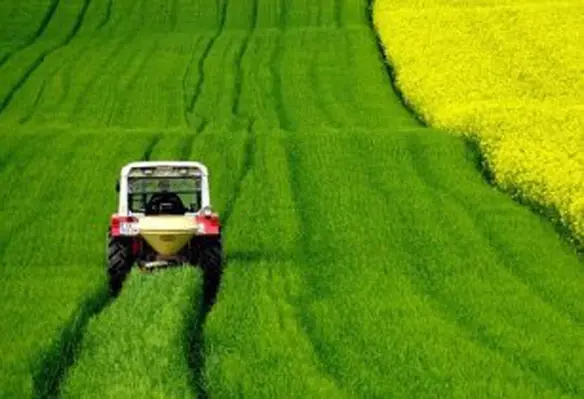The COVID-19 Impact on digital agriculture market size is estimated to grow from US$5.6bn in 2020 and is projected to reach US$6.2bn by 2021, recording a CAGR of 9.9 Per cent, with the Asia Pacific being the fastest-growing market in digital agriculture market during the forecast period, according to MarketsandMarkets
Asia Pacific comprises the most populated countries such as China and India, with increasing demand for agricultural products. These countries are also the most two of the most affected countries during COVID-19. The government policies supporting the digitisation of farm processes and the need for efficient usage of natural resources, and decreasing availability of migrant labour are expected to increase the adoption of digital agriculture techniques.
The digital agriculture market is projected to witness significant growth due to the increasing population and rising demand for agricultural produce across the globe. Increased farm mechanisation and developing digital agriculture infrastructure are expected to increase the adoption of digital agriculture among the farmers. The COVID-19 impact on the market is estimated to be positive. Labour shortages and supply chain disruptions are expected to raise the need for digital agriculture globally.
Field mapping segment to grow at the highest CAGR
Field mapping is projected to be the fastest-growing market in 2021, by value, in the digital agriculture market, as it is the most preferred and adopted way of digital agriculture. It allows the farmers and growers to monitor the whole farm area through satellite imaging and regulate the processes accordingly. The COVID-19 situation is expected to increase the adoption of the field mapping system because it allows the farmers to regulate the farm processes remotely without taking unnecessary field trips. The current guidelines of social distancing and prohibition for not getting out from home demand the adoption of such systems which can help farmers to carry agricultural activities smoothly.





